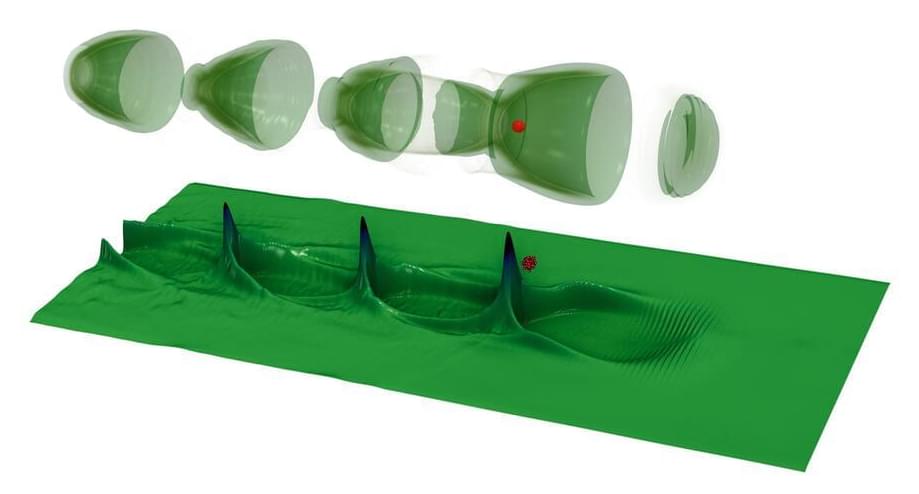Over the past few decades, physicists and engineers have been trying to create increasingly compact laser-plasma accelerators, a technology to study matter and particle interactions produced by interactions between ultrafast laser beams and plasma. These systems are a promising alternative to existing large-scale machines based on radio-frequency signals, as they can be far more efficient in accelerating charged particles.
While laser-plasma accelerators are not yet widely employed, several studies have highlighted their value and potential. To optimize the quality of the accelerated laser beam produced by these devices, however, researchers will need to be able to monitor several ultra-fast physical processes in real-time.
Researchers at the Weizmann Institute of Science (WIS) in Israel have recently devised a method to directly observe laser-driven and nonlinear relativistic plasma waves in real-time. Using this method, introduced in a paper published in Nature Physics, they were able to characterize nonlinear plasma at incredibly high temporal and spatial resolutions.
